#Sighișoara
Text
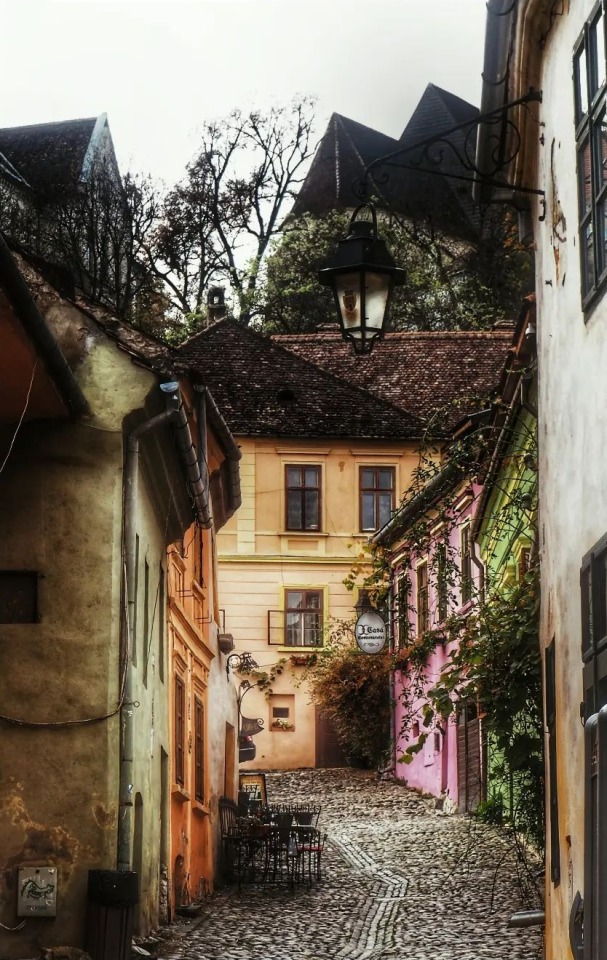
frombavariaintotheworld Sighișoara
#frombavariaintotheworld#Sighișoara#romania#europe#europe_gallery#transylvania#europe_pics#europe_vacations#nature photography#europe_greatshots#europe_perfection#europe_photogroup#street#travelling#travel#dark and moody#moodygrams#moodyphotography#moody aesthetic#foggy#atmosphere#moody#urban planning#urban#urban photography#urban landscape#urban fantasy#urban life#city#city life
26 notes
·
View notes
Text

Sighișoara, Romania
#Sighișoara#sighisoara#romania#colorful#life#lively#color#colour#dailystreetsnapshots#europe#travel#street#photography#streets#places#colors#old town
12 notes
·
View notes
Text

View of Sighișoara, Romania
Romanian vintage postcard
#carte postale#ephemera#romanian#photo#historic#postcard#sighioara#tarjeta#postal#romania#briefkaart#ansichtskarte#sighișoara#photography#vintage#postkaart#postkarte#old#view#sepia
14 notes
·
View notes
Text
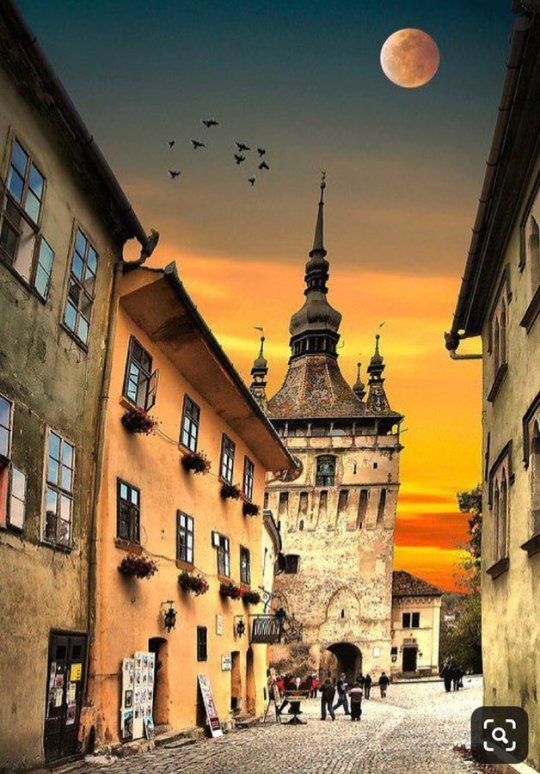
Segesvár,Sighișoara, Erdély,Transylvania,
29 notes
·
View notes
Text
youtube
Get impaled by the second video in Raffael Coronelli’s Transylvania series!
Come to the historic citadel town of Sighișoara, Transylvania — UNESCO world heritage site and birthplace of Vlad Draculea. There, we’ll meet a man dressed as Dracula and get into a vehicular chase.
Get the book
5 notes
·
View notes
Text
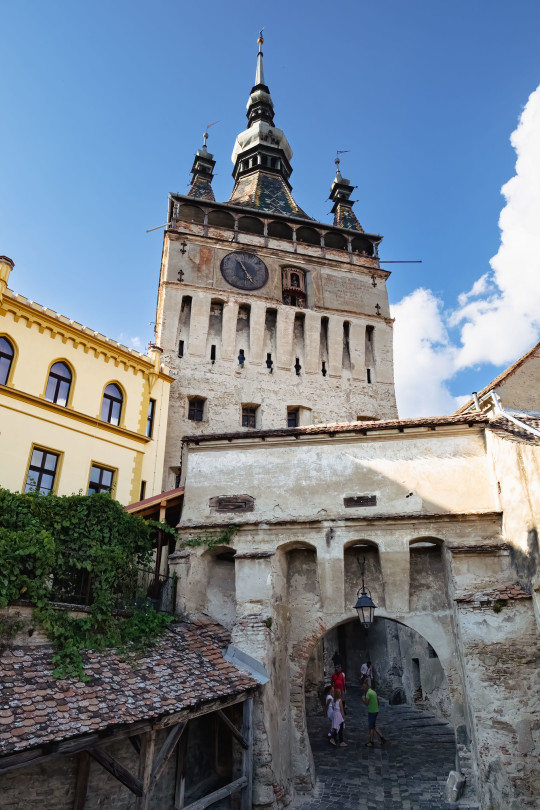
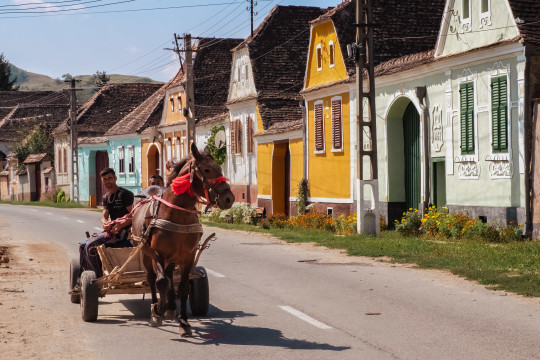

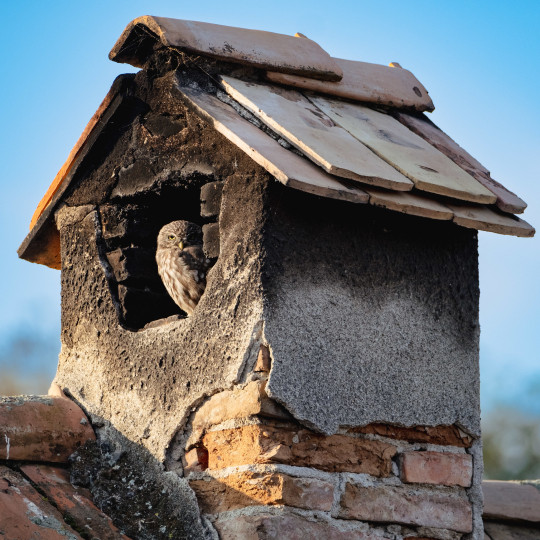
Romania (2) (3) (4) by Tobias Verfuss
Via Flickr:
(1) Sighișoara Clock Tower
(2) Another carriage passing through a street of Saxon houses in Richiș, Transilvania
#clock tower#human subject#horses#carriage#wooden carving#birds#owls#romania#sighișoara#transylvania
3 notes
·
View notes
Text
To my fellow Romanians and foreigners:
If you plan on visiting the Sighișoara Fortress anytime soon, or are going there tomorrow, or any other day, I highly recommend you to go to MYstical Transylvania to have the experience of your life. There you will find not only welcoming people and a good time, but also you will be able to explore the Sighișoara Tales AND to take part on The Dracula Investigation to understand the real story of Vlad Vodă Basarab III, or as he's internationally known, Vlad the Impaler / Vlad Țepeș.
I personally had to hold back my tears at the end of the tour, because the "investigation" was beautifully worded, and each room you walk through gives you a visual of how moments of his life that shaped him looked like.
Go to Sighișoara, get your magnet and t-shirt, visit Vlad's place of birth, and have fun with the gang at MYstical Transylvania!
also, don't forget to get a drink too, cheers
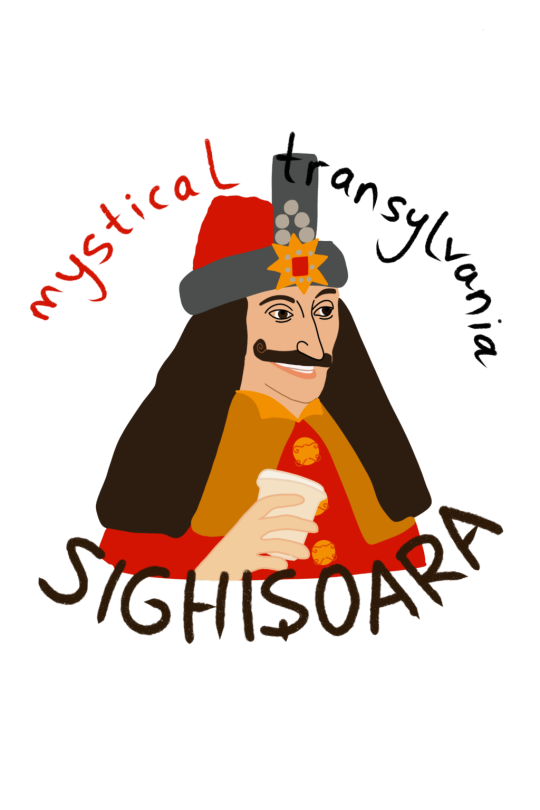
15 notes
·
View notes
Photo

9 notes
·
View notes
Text


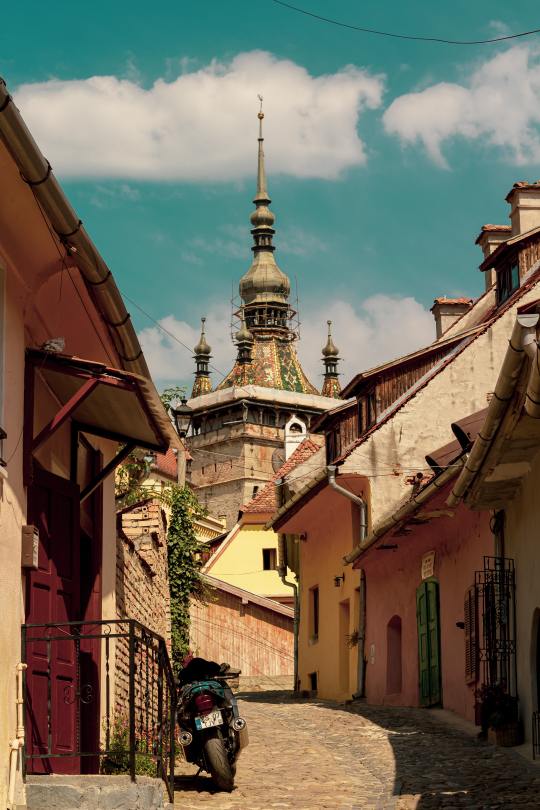



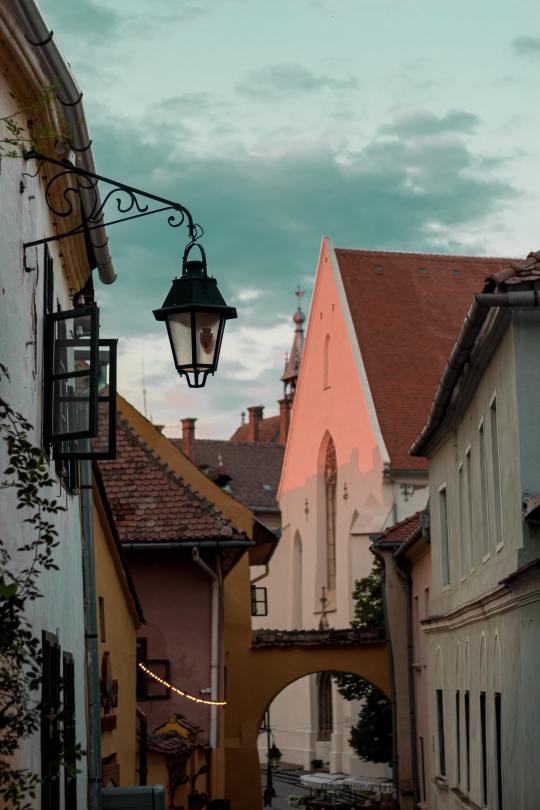
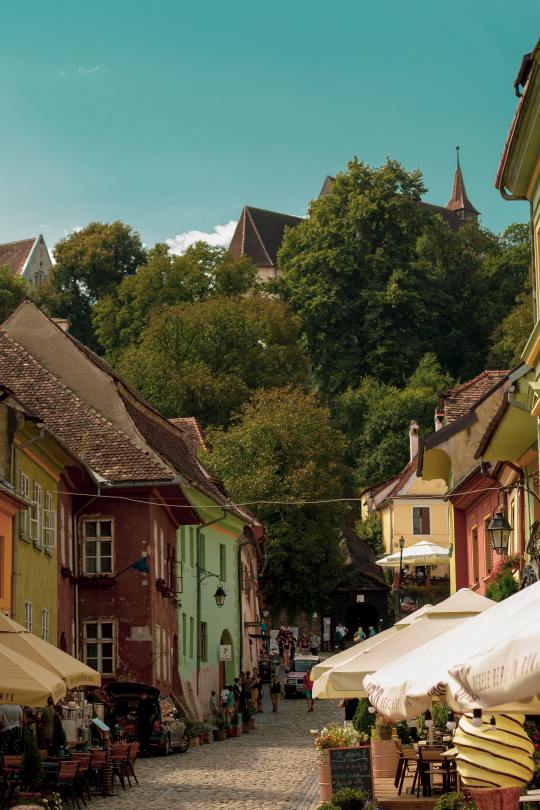

Sighișoara, Romania
Taken by Bianca Fazacas
0 notes
Text
Sighișoara ➡️ Turda ➡️ Alba Iulia
OK so here’s what happened when we got to Sighișoara; we got to Sighișoara after touring through the villages and when we got to the hotel that evening after dinner that was when Mom discovered that she had accidentally left her passport in the room safe in Brasov. Panic, of course, ensued and there was much wailing but we are able to talk to her a wonderful tour leader John and he was able to help set up us up with a car and driver that would be able to drive me back to Brasov so I could pick up Mom’s passport, since Mom had a personal tour of nearby village already scheduled for that morning, and I really really didn’t want her to have to cancel. To put into perspective as to why I would go and get the passport instead of Mom, the village she was visiting was a central location in one of her all time favorite series of books, The Transylvania Chronicles.. You guys know how excited I was to see Hobbiton in New Zealand; well for Mom, seeing this village was like seeing Hobbiton for her because it was a village from one of her favorite series of books. So the next morning after a short breakfast, I got in the car with a very lovely driver name Grigor who drove quite fast yet safely all the way back to Brasov and I was able to pick up Mom‘s passport and get it safely back to her. There was much for joy and much relief and but I did however give Mom a whole lot of grief for the fact that she left her passport in the safe in the Hotel. But I will give this for the Romanian people, they are lovely human beings, who really like to help others in need and I was so incredibly grateful. Not just to John and to Grigor but also for the people at the hotel, who were graciously found Mom’s passport, locked behind the desk and were willing to work with us so that I could be able to come and pick it up so Mom wouldn’t have to trade her let her once in a lifetime tour. However, because of all the fast driving and the anxiety and the adrenaline, I proceeded to then get a giant migraine, so the rest of the afternoon I was asleep, while the rest of the tour group went around the town. Kind of bummed that I didn’t get to see much of Sighișoara, but I did get to see enough, which included the ancient clock tower in the middle of the city.

The next morning, we loaded up in the van again and this time we made our way towards the salt mines in Turda. Mom didn’t join us for this part because she does not do well with heights and claustrophobia so Pat and I were the intrepid adventures into this ancient and massive salt mine. This mine was SERIOUSLY so cool and there’s even a small amusement/fun park at the bottom. I got to play pool at 120 meters below surface level, with a Ferris wheel in the background. Super surreal and seriously awesome.
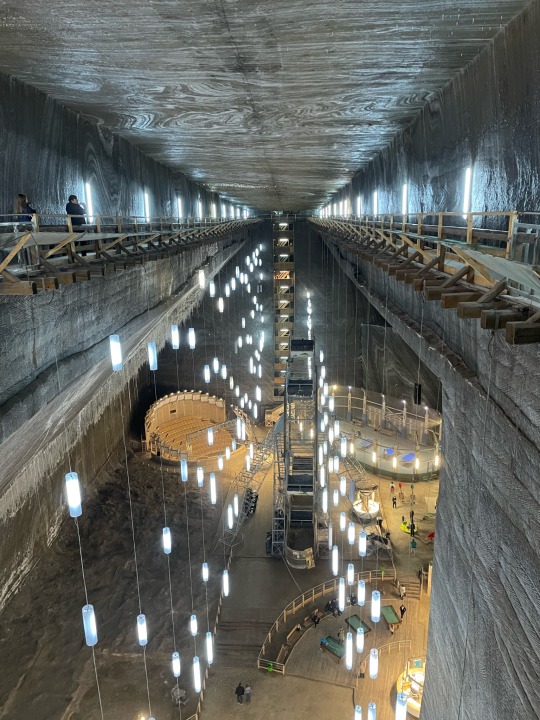



I will skip describing our interesting lunch of trout with the HEAD still attached, and just say we ate lunch and then made our way to Alba Iulia, which the location of there the documents of liberty for Romania were signed. We toured a beautiful Roman Catholic Church of St Michael and the ancient Roman grounds. We then had a delicious medieval dinner in the part of the ruins which used to be the armory and gunpowder room, which was very nice & we got to have the traditional Romanian dessert of doughnut with sour cream and jam.
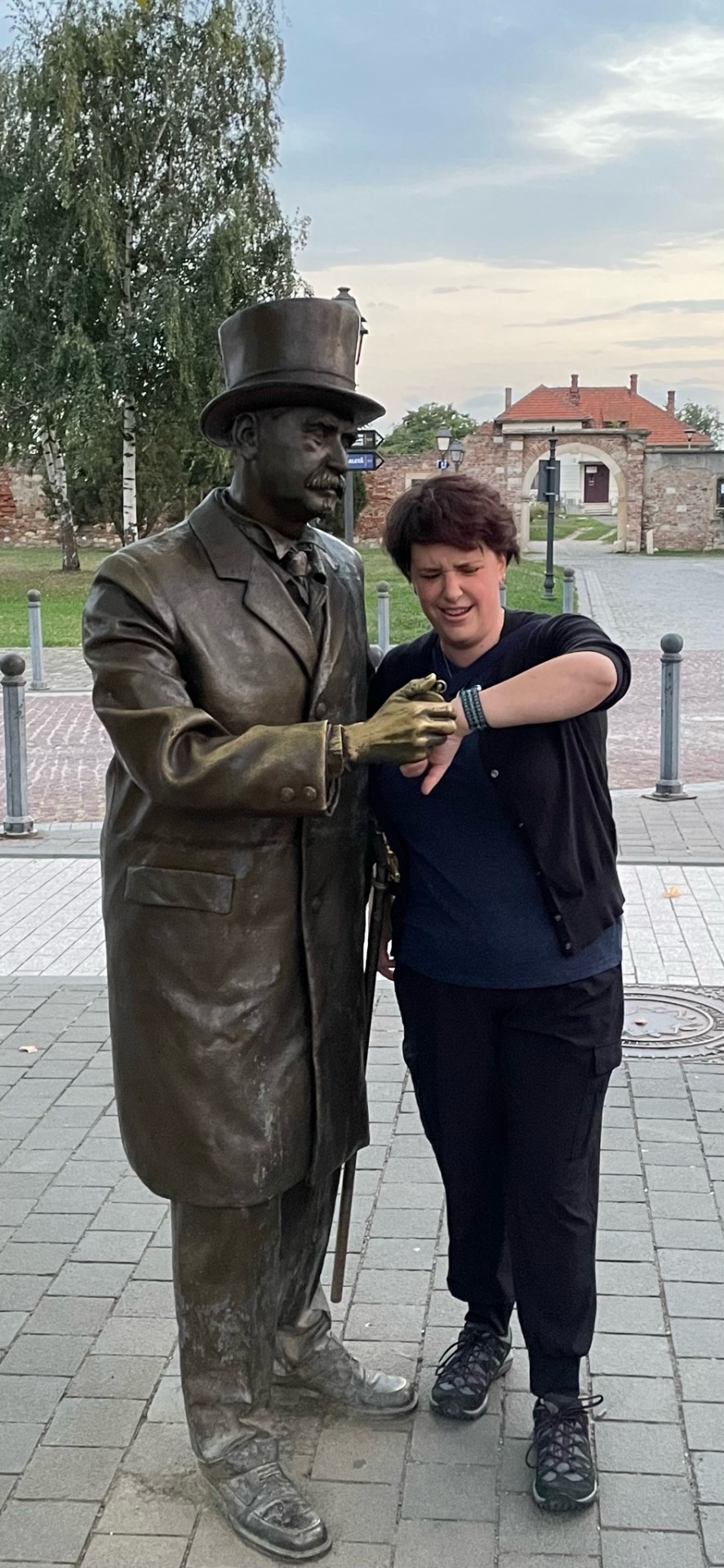

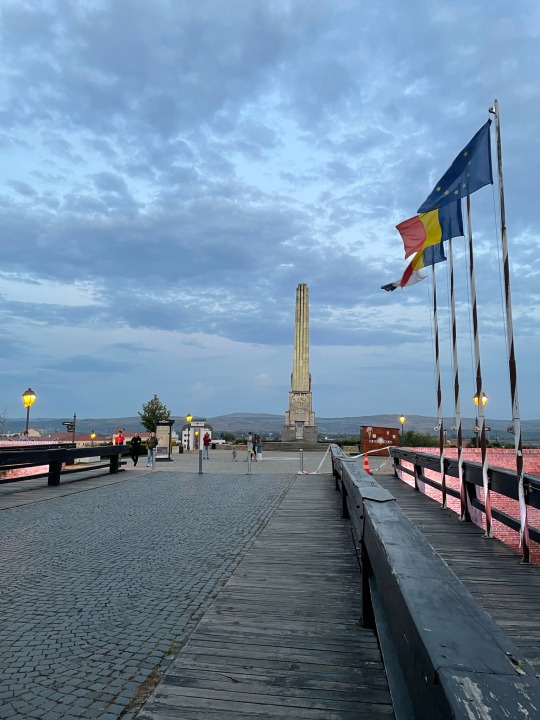
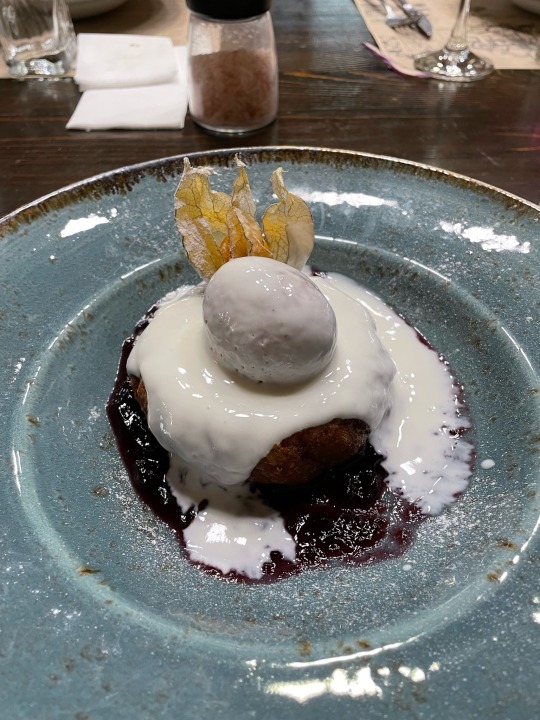
So now Mom and Pat and I are all cuddled up in our rooms at….and I’m literally not kidding here….HOTEL TRANSLYVANIA.
Till tomorrow friends
Lowry💜
1 note
·
View note
Photo
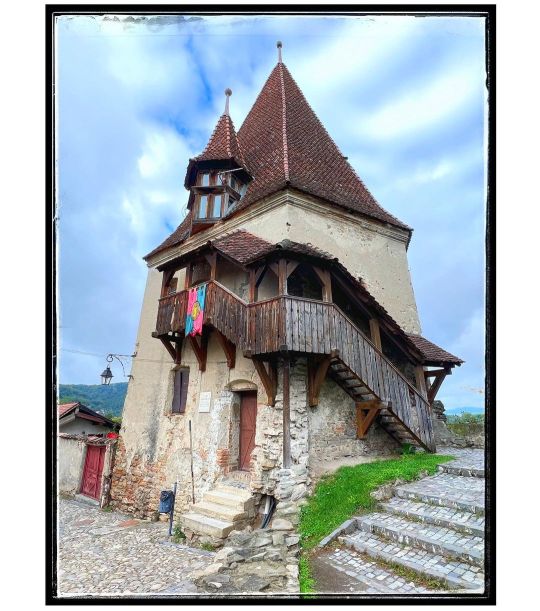
𝑻𝒖𝒓𝒏𝒖𝒍 𝑪𝒊𝒛𝒎𝒂𝒓𝒊𝒍𝒐𝒓 (Sighișoara) 𐠤𐠤𐠤𐠤𐠤𐠤𐠤𐠤𐠤𐠤𐠤𐠤𐠤𐠤𐠤𐠤𐠤𐠤𐠤𐠤𐠤𐠤 #turnulcizmarilor #sighisoara #transylvania #travel #chusayinka #romania #scarașcolarilor #stairs #sighisoara #sighișoara #visitsighisoara #romaniamagica #romaniatravel #romania🇹🇩 #discoverromania #exploreromania #visitromania #beautifulromania #instaromania #romania #romaniafrumoasa #romaniatravel #romaniateiubesc #romaniapitoreasca #discoverromania #exploreromania #promovezromania #travelromania (en Sighisoara, Romania) https://www.instagram.com/p/Ckr6B-aKT-f/?igshid=NGJjMDIxMWI=
#turnulcizmarilor#sighisoara#transylvania#travel#chusayinka#romania#scarașcolarilor#stairs#sighișoara#visitsighisoara#romaniamagica#romaniatravel#romania🇹🇩#discoverromania#exploreromania#visitromania#beautifulromania#instaromania#romaniafrumoasa#romaniateiubesc#romaniapitoreasca#promovezromania#travelromania
0 notes
Text
OOC:
Sorry, I've been so silent. Things have been quite tough for me lately. I'm currently in a rehab facility due to yet another emergency surgery and my house is up for auction so I will be eventually moving into an adult family home.
That won't be for a while though and the good thing is I have my laptop and internet access. I've missed writing like heck and I have plenty of muse so please hit me up if you want to write or even chat.
0 notes
Text

Street scene in Segesvár, present-day Sighișoara, Romania
Hungarian vintage postcard
#vintage#photography#postkarte#segesvár#carte postale#postal#briefkaart#present#scene#postcard#old#street#segesvr#present-day#photo#ansichtskarte#day#sighișoara#romania#sepia#hungarian#sighioara#postkaart#ephemera#tarjeta#historic
5 notes
·
View notes
Text
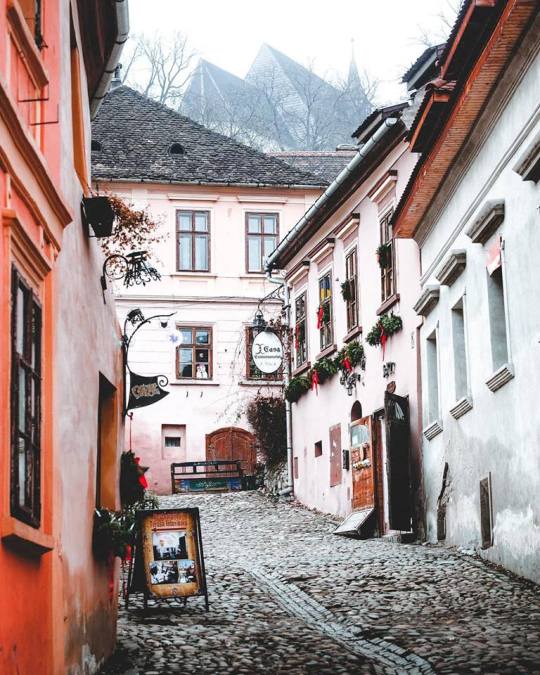

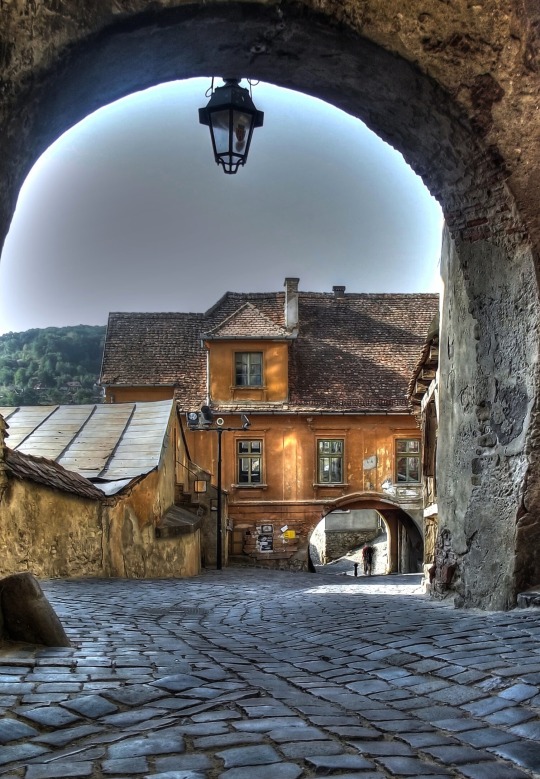
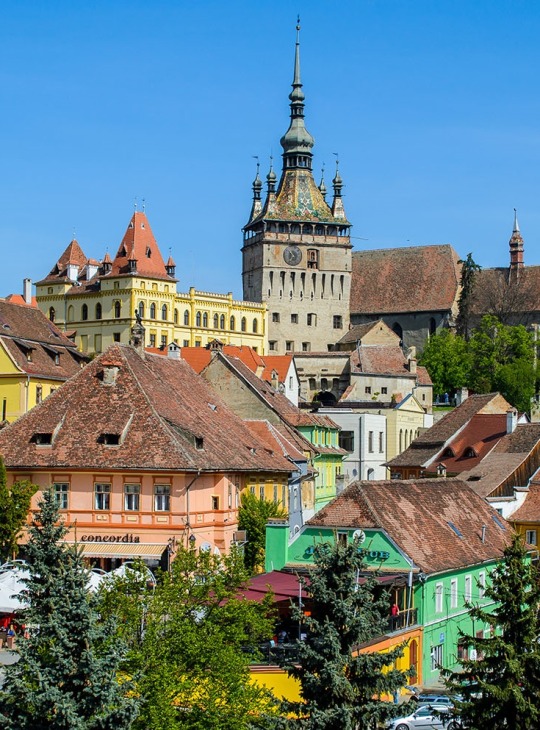
Segesvár,Sighișoara, Erdély,Transylvania,
24 notes
·
View notes
Text
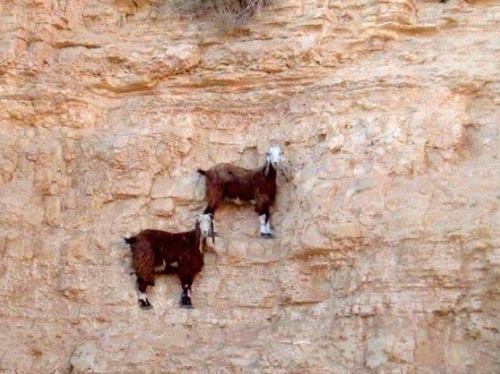
How on earth did these goats get there?
*****
In reality the goats are lying on their sides on rocky ground, looking up at a crane-mounted camera. The photograph was taken some years ago, part of a series reconstructing Central European folk customs and traditions which have fallen from favour or are now prohibited.
This old-fashioned rural blood-sport was originally practiced in parts of Anatolia, Turkey, where the game was called keçi fırlatmak, and also in the Carpathian Alps of Romania, possibly imported during the Ottoman conquest. The name there was aruncarea caprei.
*****
The goats would have been coated in a strong adhesive traditionally distilled from pine resin.(represented pictorially here by darker patches of dye on the flanks) and were then thrown upwards towards a cliff or rock-face with makeshift catapults, often a primitive form of counterweight trebuchet assembled from wooden beams and weighted with rocks.
The game ended when the glue dried and lost adhesion, and the goats fell to their deaths. They were then cooked and eaten, their meat being valued like that of Spanish fighting bulls.
The meat of the last goat to fall (başarılı keçi or cea mai durabilă capră) was prized as a special delicacy and selected cuts from the legs of this particular “winner” goat were often smoked and dried into a kind of jerky.
*****
In his “Grandes Histoires Vraies d'un Voyageur le 1er Avril” (pub. Mensonges & Faussetés, Paris, 1871) French folk-historian, anthropologist and retired cavalry general Gilles-Etienne Gérârd wrote about witnessing a festival near Sighișoara, Transylvania, in 1868.
There he claims to have seen catapults improvised from jeunes arbres, très élastiques et souples - “very springy and flexible young trees” - which were drawn back with ropes and then released.
Bets were placed before the throw, and marks given afterwards, according to what way up the goats adhered and for how long. The reconstruction, with both goats upright, facing outward and still in place, shows what would have been a potential high score.
The practice has been officially banned in both countries since the late 1940s, but supposedly still occurred in more isolated areas up to the end of the 20th century. Wooden beams from which the catapults were constructed could easily be disguised as barn-rafters etc., and of course flexible trees were, and are, just trees.
*****
Gérârd’s book incorrectly calls the goat jerky “pastrami”, to which he gives the meaning "meat of preservation".
While pastrami may be a printing error for the Turkish word bastırma or the Romanian pastramă, both meaning “preserved meat”, at least one reviewer claims that Gérârd misunderstood his guide-translator, who would have been working from rural dialect to formal Romanian to scholarly French.
Since this jerky was considered a good-luck food for shepherds, mountaineers, steeplejacks and others whose work involved a risk of falling, Gérârd's assumption seems a reasonable one.
However, several critical comments on that review have dismissed its conclusion, claiming "no translator could be so clumsy", but in its defence, other comments point out confusion between slang usage in the same language.
One cites American and British English, noting that even before differences in spelling (tire / tyre, kerb / curb etc.) "guns" can mean biceps or firearms, "flat" can mean a deflated wheel or a place to live, "ass" can mean buttocks or donkey and adds, with undisguised relish, some of the more embarrassing examples.
This comment concludes that since the errors "usually make sense in context", Gérârd's misapprehension is entitled to the same respect.
*****
The good-luck aspect of the meat apparently extended to work which involved "falling safely", since its last known use was believed to be in ration packs issued to the 1. Hava İndirme Tugayı (1st Airborne Brigade) of the Turkish Army, immediately before the invasion of Cyprus in July 1974.
Nothing more recent has been officially recorded, because the presence of cameras near military bases or possible - and of course illegal - contests is strongly (sometimes forcefully) discouraged, and the sport’s very existence is increasingly dismissed as an urban or more correctly rural legend.
The official line taken by both Anatolian and Carpathian authorities is that it was only ever a joke played on tourists, similar to the Australian “Drop-bear”, the Scottish “Wild Haggis” and the North American “Jackalope”.
They dismiss the evidence of Gérârd’s personal observation as “a wild fable to encourage sales of his book”, “a city-dweller’s misinterpretation of country practices”, or even “the deliberate deception of a gullible foreigner by humorous peasants”.
And as for those paratroop ration packs, Turkish involvement in Cyprus is still such a delicate subject that the standard response remains “no comment”.
83 notes
·
View notes
Photo


2000-Year-Old Roman Silver Coin Hoard Found in Romania
A treasure hunter from Mureș County has discovered a hoard of silver coins dating back to the time of the Romans. The more than 300 coins were found in a clay pot, buried in the earth of the forest of Sângeru de Pădure, which the man had been scanning with a metal detector.
The 43-year-old treasure hunter, Narcis Carțiș, is an impassioned history lover and enjoys spending his free time searching for archaeological remains. In fact, the discovery he just made is not his first. About a year and a half ago, Mr. Carțiș obtained his detectorist’s license, and since then he has made three archeological discoveries. The first time he discovered four tetradrachms, large silver coins originating in Ancient Greece which were the standard coin of the Antiquity. The second discovery was a pot full of coins dating from Antiquity which he found in the Ernei area of Mureș county. And now this hoard from the forest of Sângeru de Pădure.
“I search exceptionally diligently, and I've covered about 50% of the forest already. These kinds of finds are a matter of luck. You can't have a plan, it’s not possible to know where you're going to find something. It's all about having luck and being persistent. When you hear the sound of the detector, you don't know what you've found, because all metal sounds the same, so you don't know what you've got in the ground. You can't go by maps because there aren't any, you just have to be lucky,” Narcis Carțiș told the press.
He described the moment of discovery, saying: “I experienced such joy when I saw what I’d found! It's the third time I've discovered something valuable. The first time I howled with joy. Another reason to be joyous is the fact that detectorists are rewarded if they report their discovery to a museum with 30-40% of the value of the discovered object.
After inspecting the pot filled with coins, while making sure not to move it from its current position in the ground, Mr. Carțiș contacted the Mureș County Museum.
On Thursday, June 16, the head of the Archaeology Department of the Mureș County Museum, Nicoleta Man, went to the discovery site, taking a team of specialists with her. The specialists determined the historical characteristics of the treasure.
Nicoleta Man told the press what she and her team had ascertained: “This discovery is a Roman treasure. It was a common practice in those days to hide one’s wealth, which had accumulated over a generation or several generations. The period over which this particular hoard was collected is something we will determine upon further inspection. According to the typical practice of the time, the wealth was deposited in a pot, in this case, a Roman pot which, according to its shape and the material that was used, was produced in the workshops of Cristești. Inside there are traces of bronze verdigris, so it could be that in addition to silver coins there are also bronze coins or objects.”
According to Mrs. Man, the area of Mureș County is an archeologically fertile one. The Archaeology Department head told the press that multiple discoveries have been made in the past two years, with hoards consisting of coins and jewelry having been found in Dâmbău, Sighișoara, Dumbrăvioara, Cristești, and a huge one in Sălașuri.
She also stated that this area is presumed to have contained a Dacian Fortress and a Roman settlement, which would explain the high concentration of treasure left behind.
By Maia Van Kline,
#2000-Year-Old Roman Silver Coin Hoard Found in Romania#archeology#archeolgst#metal detector#coins#silver coins#roman coins#treasure#ancient artifacts#history#history news#ancient history#ancient culture#ancient civilizations#roman history#roman empire
473 notes
·
View notes